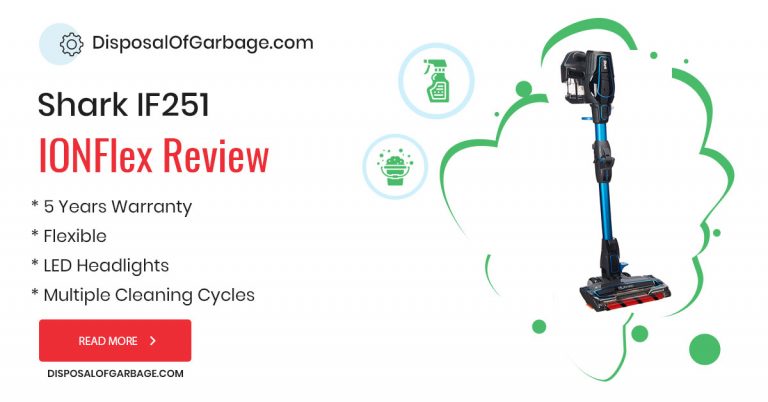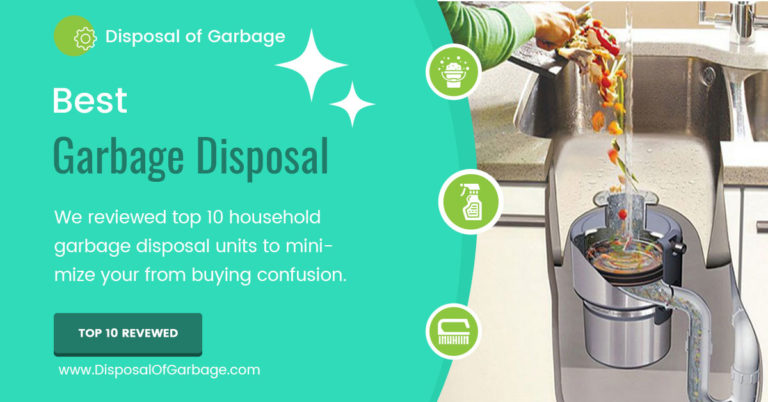The garbage disposal is one of mankind’s greatest inventions. The ability to toss food waste into the sink with impunity has enabled even the messiest of us to maintain a clean, grime free kitchen without having to resort to tossing scraps into the garbage. While this device can be a godsend, however, it is not without its limitations. Sometimes, even the sturdiest, most steadfast disposal can clog or break down, requiring you to perform maintenance on it. Sure, you could call a professional to come out and take a look, but we aren’t all made of money, are we? Fortunately, we’ve developed a list of procedures you can take to assess your garbage disposal’s health, as well as fix it yourself. So, roll up your sleeves and let’s get to work!
Disclaimer:
Before performing any maintenance on an electrical device, make sure to turn off the breaker before diving into the project. Electrical shock is a nasty wound, and we hold no liability for any emergency room visits that result from poor electrical safety.
Assess the Problem
Because of the somewhat complicated nature of the garbage disposal, there are several problems that may arise. If your machine isn’t working, it could be a number of issues, so it is imperative that you determine what exactly is wrong with it before trying to fix it. If you start meddling with the internal workings of the machine without knowing what’s broken, you could do more harm than good. Here are the most common issues with garbage disposals.
No Power
If your disposal isn’t making any noise or doing anything at all, it may be that it is not receiving any power. Make sure to test for this before switching off the breaker, mind you, to ensure that this is, in fact, the problem. If it seems likely that no electricity is going to the unit, you may have to reset the device yourself. Usually, there is a reset switch on the bottom of the disposal, and it may simply need turning on. If this doesn’t work, test the outlet in which the disposal is plugged into, to determine if that is the problem. If your outlet isn’t working, even after tripping the breaker, it may require an electrician to come out to fix any faulty wiring.
Fix Clogged Garbage Disposal
Sometimes material falls into the garbage disposal that shouldn’t be there. Items such as silverware, fruit pits (such as from an avocado), or other hard materials may get stuck between the blades and the impeller (the piece that forces the liquid into the drain). If this occurs, your disposal will most likely make a lot of noise, or hum but not be shredding anything.
To remove unwanted debris from your unit, you will need to get under the sink (after turning the breaker off, mind you), and uncap the impeller from the disposal itself. There should be a hexagonal hole at the bottom, in which you place a hex screwdriver and loosen the base. Once the base has been pulled off, you should be able to pull out whatever item was clogging it. There shouldn’t be any material in the drain pipe, as the impeller is designed to filter large objects from getting in there.
After removing the debris, reattach the base to the unit, and then test the disposal. If it still isn’t working, it could signify a larger issue, which may mean the disposal needs to be replaced.
Fix if Blades Not Working
If you notice that the material you put into the disposal is not getting ground up enough to drain out, it could mean that the blades are broken or dulled down. Typically, it is much easier and cheaper to replace the whole unit in this case, as purchasing blades separately is somewhat more challenging.
Drain Is Clogged
As I mentioned above, the impeller is designed to prevent large debris from entering and subsequently clogging the drain pipe from the disposal. If you notice that water is coming back up from the disposal, this usually means that there is a clog further down the pipe, and will require a plumber to come out to remove it. If you want, you can check the drain from the disposal by removing the unit from the sink and looking inside the pipe.
Fix if it Leaks
If your unit is leaking, find the source of the leak and try to tighten any valves or seals that may be loose. If a seal is damaged or cracked, you can usually patch this up with plumber’s putty or plumber’s tape. If the leak is significant, you may need to replace the unit entirely.
Basic Care and Maintenance
If you treat your garbage disposal properly, then you shouldn’t encounter any of these issues. Make sure to run lukewarm to cold water every time you use the unit, to keep everything lubricated and working correctly. Hot water may dissolve fat, which can then solidify in the piping and cause a clog. Also, make sure that only soft foods are tossed into the unit; nothing hard or extra fibrous, as this can damage the blades and get stuck in the impeller.






